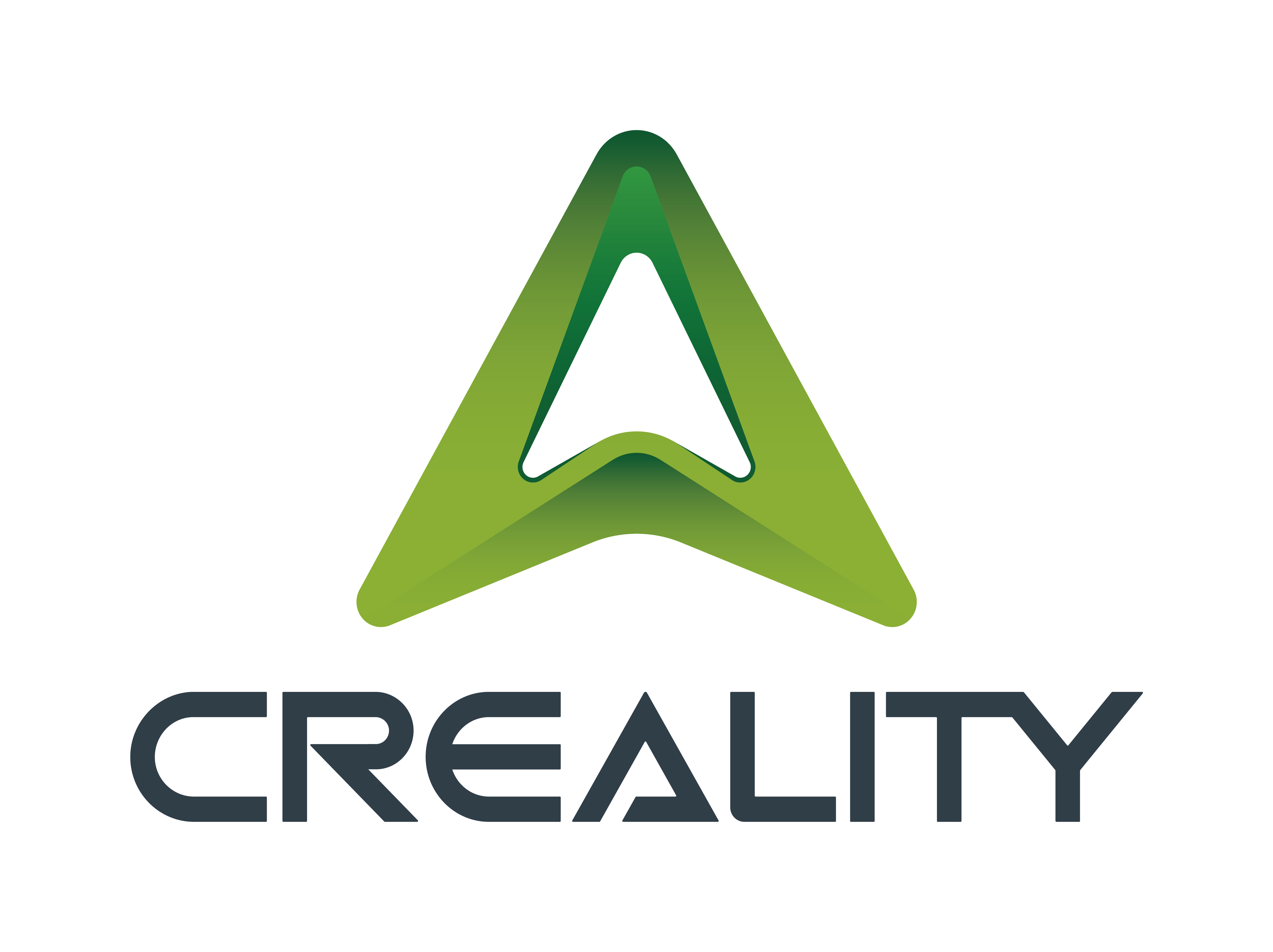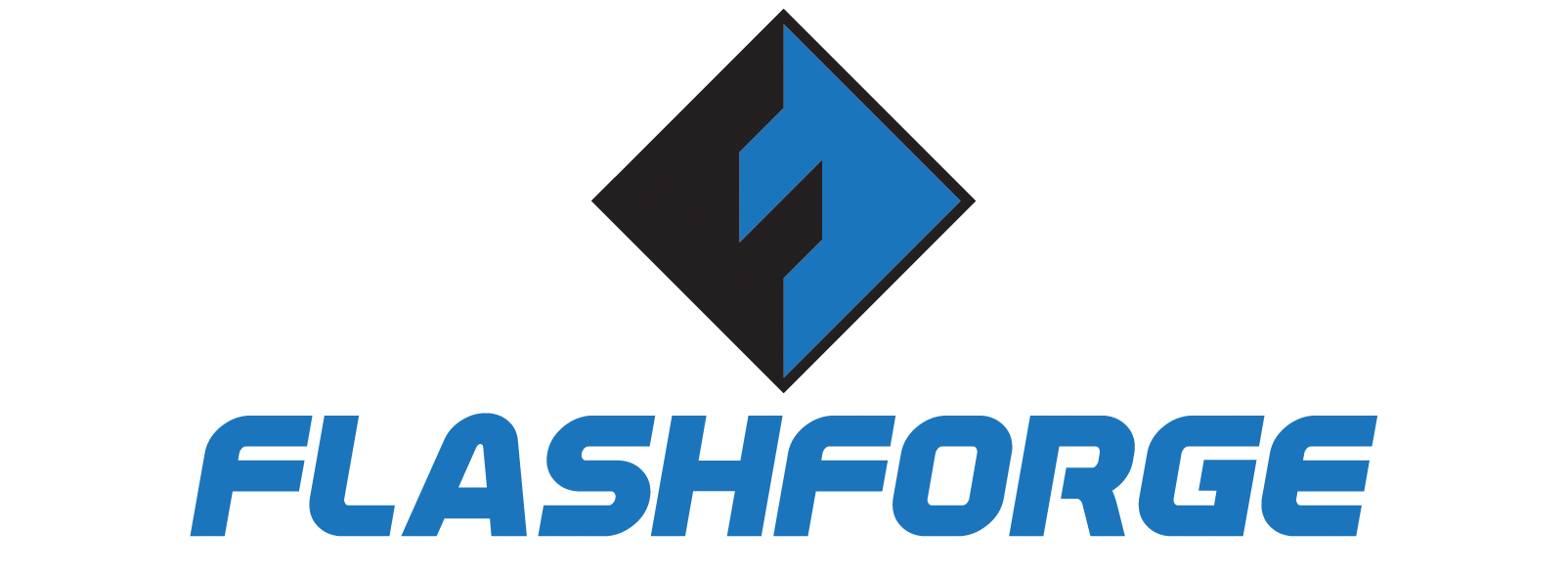
-
Solid print quality across a wide range of budget and mid-tier models
-
Extensive material compatibility with open filament system
-
Massive model variety from compact Ender 2 Pro to large-format CR-10 series
-
Highly modular and upgradable with active community ecosystem
-
Ease of use improving steadily with newer models (auto-leveling, touchscreens)
-
Excellent affordability across nearly all product categories
-
Rapid innovation cycle introducing high-speed and CoreXY models (K1, K1 Max)
-
Mixed quality control issues noted on earlier generations, improving over time

-
Outstanding print quality with minimal tuning needed
-
Extensive material compatibility with flexible, technical, and engineering-grade filaments
-
Strong focus on reliability and long-term durability
-
Fully open-source ecosystem with deep community and developer support
-
Excellent ease of use with semi-assembled kits and intuitive software (PrusaSlicer)
-
Exceptional customer support and documentation quality
-
Continual innovation (Prusa XL, CoreXY models, multi-material printing systems)
-
Higher pricing compared to budget brands but justified by consistency and service
Creality 3D Printers

Founded in 2014, Creality has grown to become one of the most recognizable and influential brands in consumer 3D printing. Best known for democratizing access to affordable and capable printers like the Ender 3 and CR-10 series, Creality established itself by offering machines that deliver strong baseline performance at prices well below industry standards. Over the years, Creality expanded its lineup dramatically, catering to everyone from absolute beginners to advanced makers and professionals. With the introduction of high-speed CoreXY (a motion system that uses a different belt layout to allow faster and smoother movement) models like the K1 and K1 Max, Creality is evolving rapidly, although it still battles a reputation for inconsistent quality control on some earlier and budget models. The company's focus on openness, affordability, and a strong modding community (users who like to upgrade or modify their machines) continues to keep it at the forefront of the market.
Prusa 3D Printers

Founded by Josef Prusa in 2012, Prusa Research has become one of the most respected names in desktop 3D printing. Starting with the open-source RepRap project (a community-driven initiative to build self-replicating 3D printers), Prusa printers quickly built a reputation for reliability, community-driven development, and outstanding customer support. Their flagship models like the Original Prusa i3 MK3S+ and now the MK4 have set industry benchmarks for quality, usability, and innovation. Prusa balances cutting-edge features with an obsessive focus on stability, long-term usability, and transparency. While priced higher than typical entry-level printers, Prusa machines are considered investments for serious users—ideal for hobbyists, educators, prototyping labs, and small businesses seeking consistent and dependable performance.






